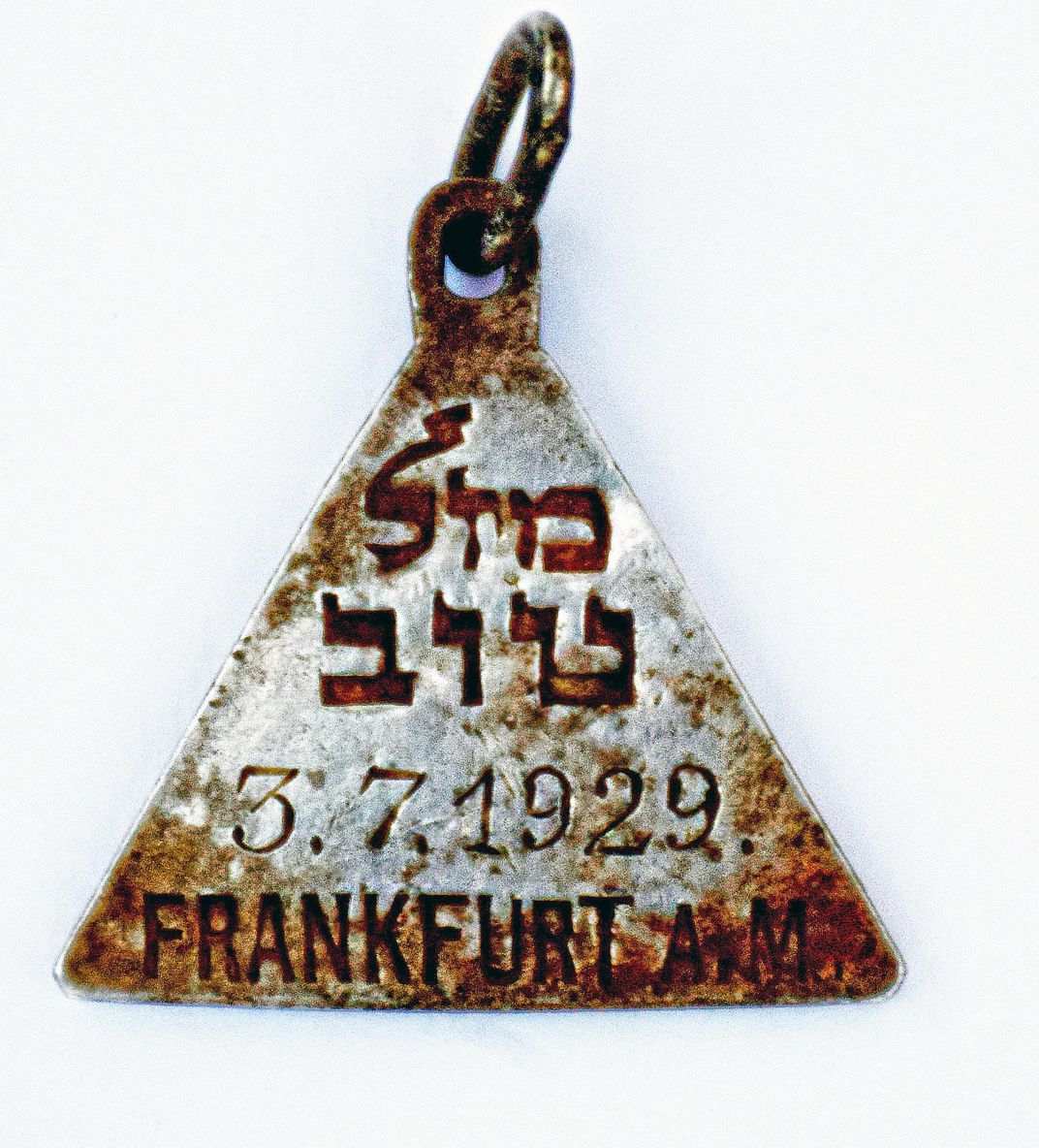Necklace Similar to One Owned by Anne Frank Found at Nazi Death Camp
Researchers say the remarkable find likely belonged to another victim who may have known Frank and her family
It has been nearly 72 years since Soviet troops reached the small Polish village of Sobibór. They were too late. The Nazi extermination camp there where hundreds of thousands of Jews were murdered had already been destroyed and covered up. Today, archaeologists are still uncovering remnants of that horrible history—and part of that history could have links to one of the Holocaust’s most well-known victims. As the BBC reports, a necklace found during an excavation of the site is similar to one owned by Anne Frank.
Archaeologists who uncovered the necklace have been excavating the site for nearly a decade. It was found in the remains of a building where victims are believed to have undressed and been forced to hand over their personal effects before being hustled toward the camp’s gas chambers. Experts believe it fell through the floorboards of the building along with other personal items like a metal prayer charm and a woman’s watch.
The pendant features the words “Mazel Tov,” a 1929 birthdate and the words “Frankfurt A.M.” on one side and three Stars of David and the Hebrew letter “ה” (pronounced "hey") on the other. Most surprising of all, the pendant is remarkably similar to one owned by Anne Frank, who was also born in Frankfurt am Main, Germany, in 1929. Frank's cousin, Buddy Elias, saved and documented her pendant bearing these details. While researchers don't believe the newly found pendant belonged to Frank, the similarity of the piece to Frank's necklace suggests that the owner could have known Frank and her family.
It’s amazing that the pendant was discovered at all: When the Nazis left Sobibór in 1943 they destroyed most evidence that the camp ever existed. Though an estimated 170,000 to 250,000 Jews were killed at Sobibór, there were few witnesses left to tell their stories. After an uprising at the camp, it was cleared out by fleeing Nazis and all of its buildings were destroyed. The gas chambers were demolished and human remains exhumed and burned. Then the Nazis planted trees over the site to further cover up their crimes. As Der Spiegel’s Claus Hecking notes, only in recent years has Sobibór been excavated, and the cover-up led to it being less well-known than other concentration camps like Auschwitz or Bergen-Belsen, where Frank died in 1945.
Using a database of European deportations, experts discovered that the pendant likely belonged to a girl named Karoline Cohn. She was deported from Frankfurt in 1941 and either died in the Minsk ghetto or was brought to Sobibór between 1941 and 1943 after the ghetto’s brutal liquidation. If Cohn did survive long enough to get to Sobibór, she would have been murdered immediately upon arrival.
It's not yet clear whether the necklace is linked to Frank. The similarity between the girls' birth city and birthdates, as well as the nearly identical design of the necklaces, with no other known examples, makes it seem likely that the families had some connection.
To find out if this is the case, experts are seeking family connections between the two girls. Yad Vashem, the World Holocaust Remembrance Center, and the Israel Antiquities Authority are asking anyone who has information about Richard and Else Cohn or Sophie Kollmann, who provided testimony about both Cohns in the organization’s central database of Holocaust victims in the 1970s, to get in touch.
Whether or not the two girls were linked, the story of their pendants shows the power of archaeology in uncovering incredible histories—even those the Nazis tried to wipe out.
/https://tf-cmsv2-smithsonianmag-media.s3.amazonaws.com/accounts/headshot/erin.png)




/https://tf-cmsv2-smithsonianmag-media.s3.amazonaws.com/accounts/headshot/erin.png)